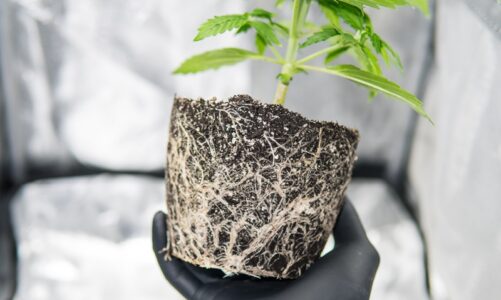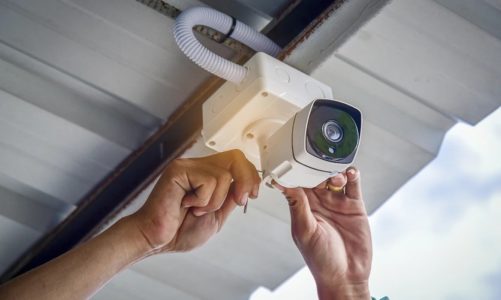Where Can We Use Silicone Sealant?
Silicone sealant is an adhesive material often used for sealing joints, gaps, and seams in various applications. Composed of synthetic silicone polymers renowned for their resilience, durability, and environmental conditions resistance, silicone sealants typically come in liquid or gel form that hardens into rubbery elastic substances when exposed to air.
Silicone sealant (ซิลิโคนอุดรอยรั่ว, which is a term in Thai) is an invaluable asset in construction, automotive, plumbing, and household applications. Used to seal gaps, joints, and seams that prevent ingress of water, air, or other environmental elements into sealed spaces, its ease of application, durability, and versatility in meeting various sealing needs are unmatched by other sealants.
Uses Of Silicone Sealant:
It is commonly and widely used in our house in different ways, like at the time of construction and when we live there.
· Provides Waterproofing And Prevent Holes:
It can be applied around the edges of windows and doors to seal gaps, blocking air flow through any cracks in their construction, thus reducing drafts and improving insulation.
It helps create a waterproof seal against rainwater or moisture entering an interior space, helping protect structures against damage while keeping interior environments at a comfortable temperature.
· Bathroom And Kitchen Repairs:
Silicone sealant protects kitchen and bathroom spaces from water damage, from sinks, faucets, countertops, and backsplashes to cabinets and structures. In the kitchen, it prevents water seepage, simplifies cleaning, and protects cabinets against future water damage.
It also extends beyond these spaces to help safeguard them against mold growth, leakages, or seepage that might otherwise hinder function or access. Sealing gaps around kitchen appliances protects cabinets and flooring. Creating a watertight barrier around bathroom fixtures prevents damage, while sealing joints in bathtubs and showers prevents water leakage and facilitate cleaning.
Water-repellant properties extend to tile joints, increasing resistance and simplifying maintenance. The sealant prevents water leakage around plumbing fixtures while guarding against moisture issues; applications around ventilation fans exhaust fans, and windows also help ensure moisture prevention for a hygienic environment in both spaces.
· Automobile, Marine, And Electrical:
Silicone sealant serves various roles across automotive, electrical, and marine applications. When used to repair cars, it seals gaps, prevents leaks, and bonds components together for structural integrity.
Electrical applications rely on silicone sealant as insulation against moisture damage, while marine settings use it to seal boats or structures to prevent leakage in harsh conditions or seal windows and hatches; its versatility makes silicone sealant essential to durability and performance across many roles.


